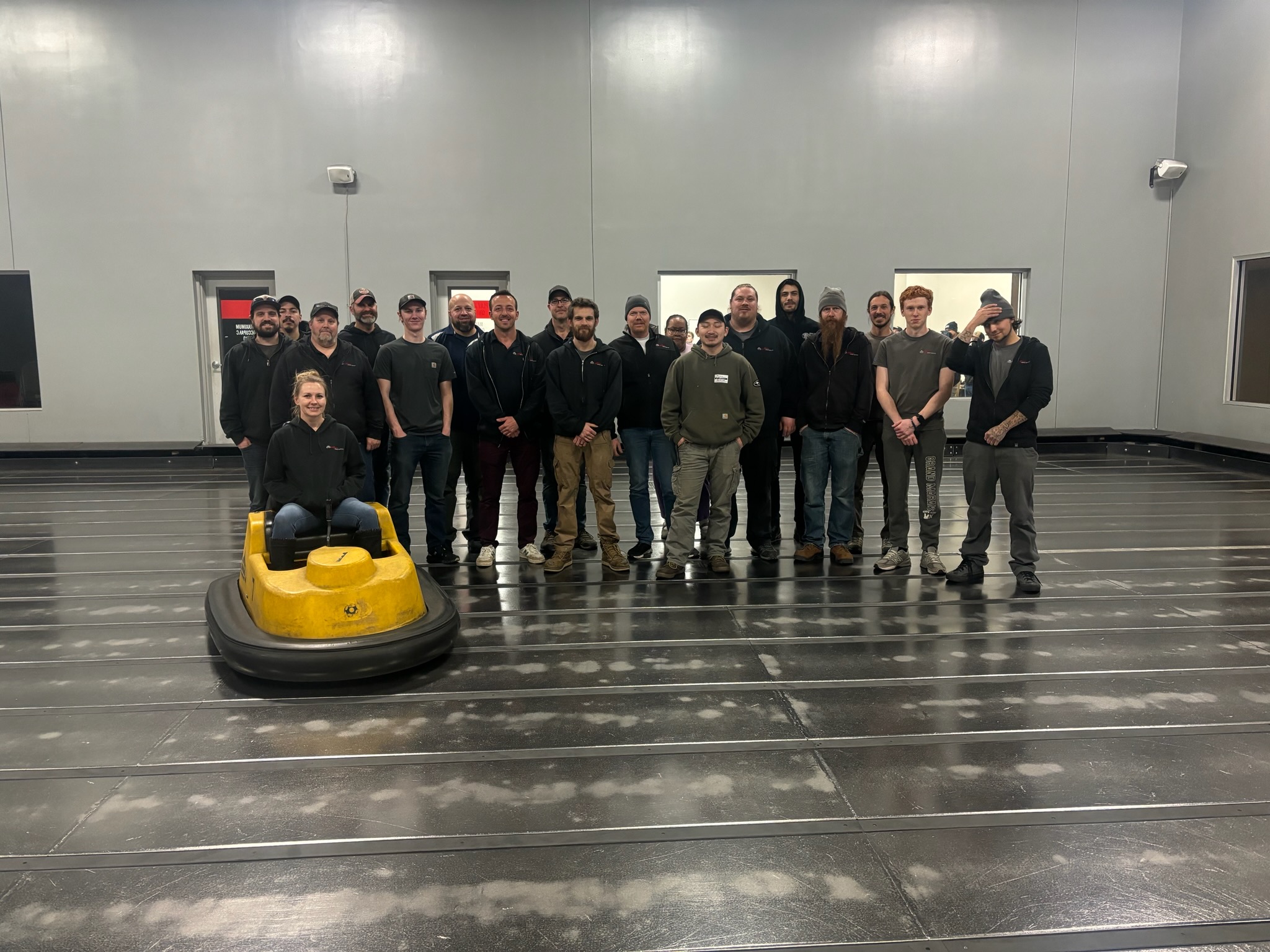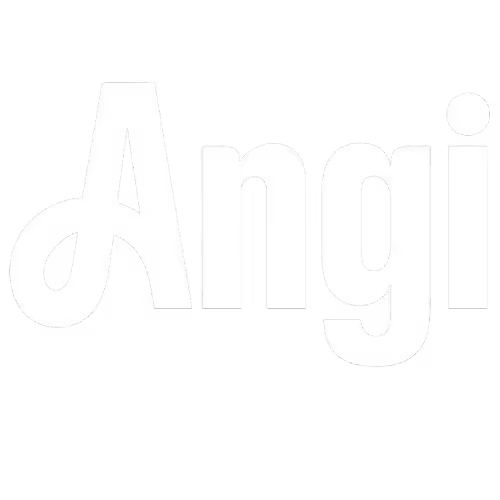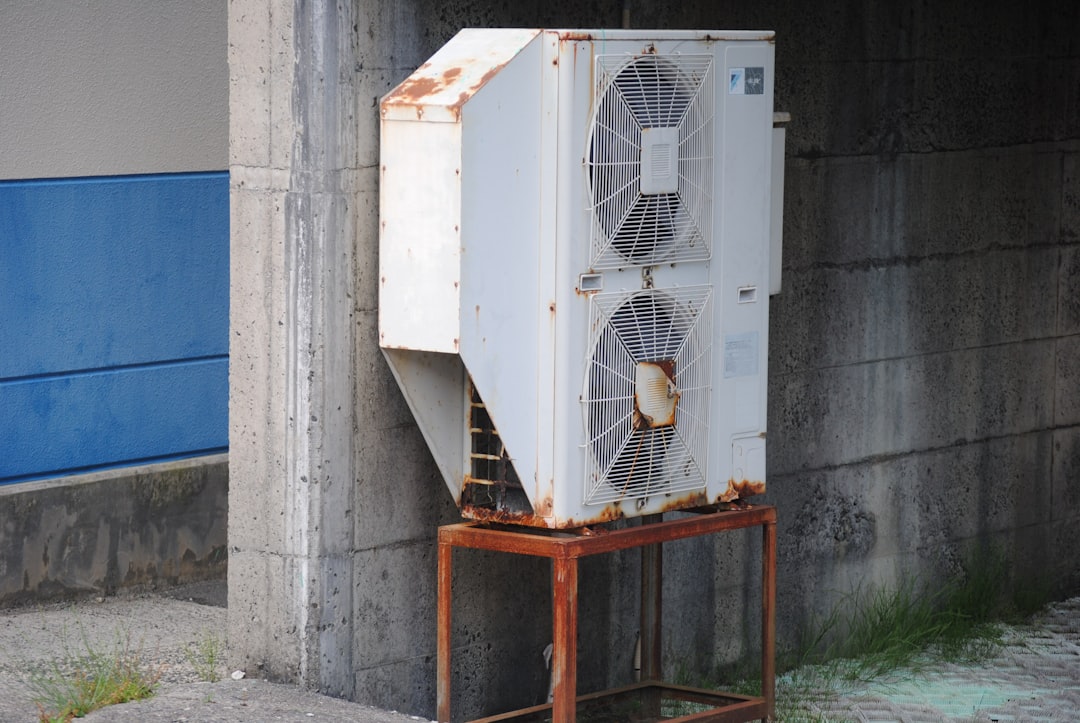Is Your Furnace Talking to You? Understanding Common HVAC Sounds
Why Your Furnace Sounds Matter for Home Safety
Furnace making noise is a common concern for homeowners, especially during winter. Mysterious bangs, squeals, and rattles are more than just an annoyance; they are your furnace’s way of communicating important information about its health and your home’s safety.
Quick Reference: Common Furnace Noises
- Banging/Booming – Delayed ignition or expanding ducts (urgent)
- Squealing/Screeching – Worn blower motor or belt issues
- Rattling – Loose panels or potential heat exchanger problems
- Buzzing/Humming – Electrical issues or failing components
- Clicking/Popping – Normal ignition or duct expansion
- Rumbling/Whistling – Dirty burners or airflow restrictions
Your furnace has many moving parts that can wear out, get dirty, or loosen over time. The key is to distinguish between minor maintenance needs and issues requiring immediate professional attention.
While some noises like a soft whoosh of air or gentle clicking at startup are normal, loud, persistent, or new sounds often signal problems. These can lead to expensive repairs, higher energy bills, or dangerous situations like carbon monoxide leaks. Understanding these sounds helps you make smart decisions about when to troubleshoot and when to call an expert.
A Homeowner’s Guide to Common Furnace Sounds
This section breaks down the most frequent noises, what they likely mean, and the level of urgency for each.
Banging or Booming
A sudden BANG from your furnace is a jarring noise that signals an urgent message needing immediate attention. The most common cause is delayed ignition, which occurs when gas accumulates in the combustion chamber before lighting, creating a small, contained explosion. These repeated mini-explosions put serious stress on furnace components, especially the heat exchanger. Another source is ductwork expanding and contracting as it heats and cools, creating popping sounds.
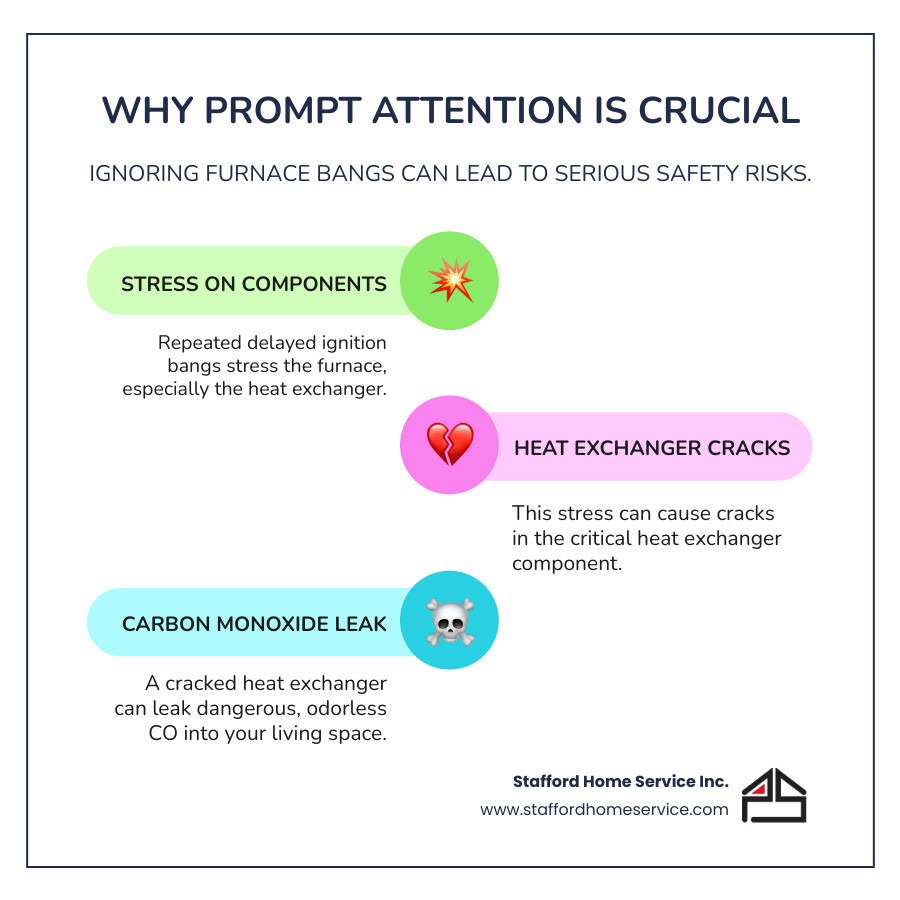
INFO BOX: Why prompt attention is important for safety
Ignoring banging from delayed ignition can crack the heat exchanger, a critical component separating toxic combustion gases from your home’s air. A cracked heat exchanger can leak harmful gases like carbon monoxide into your living space. This gas is odorless and colorless, making it incredibly dangerous. Always ensure your carbon monoxide detectors are working.
Squealing or Screeching
When your furnace making noise sounds like a high-pitched squeal or screech, it almost always points to the blower motor. Worn-out belts in older furnaces can dry out and slip, creating an unmistakable squeal. Failing motor bearings are another common cause; as they lose lubrication and wear out, they start grinding and screeching. Some motors also require regular lubrication, and skipping this maintenance can lead to friction and noise.
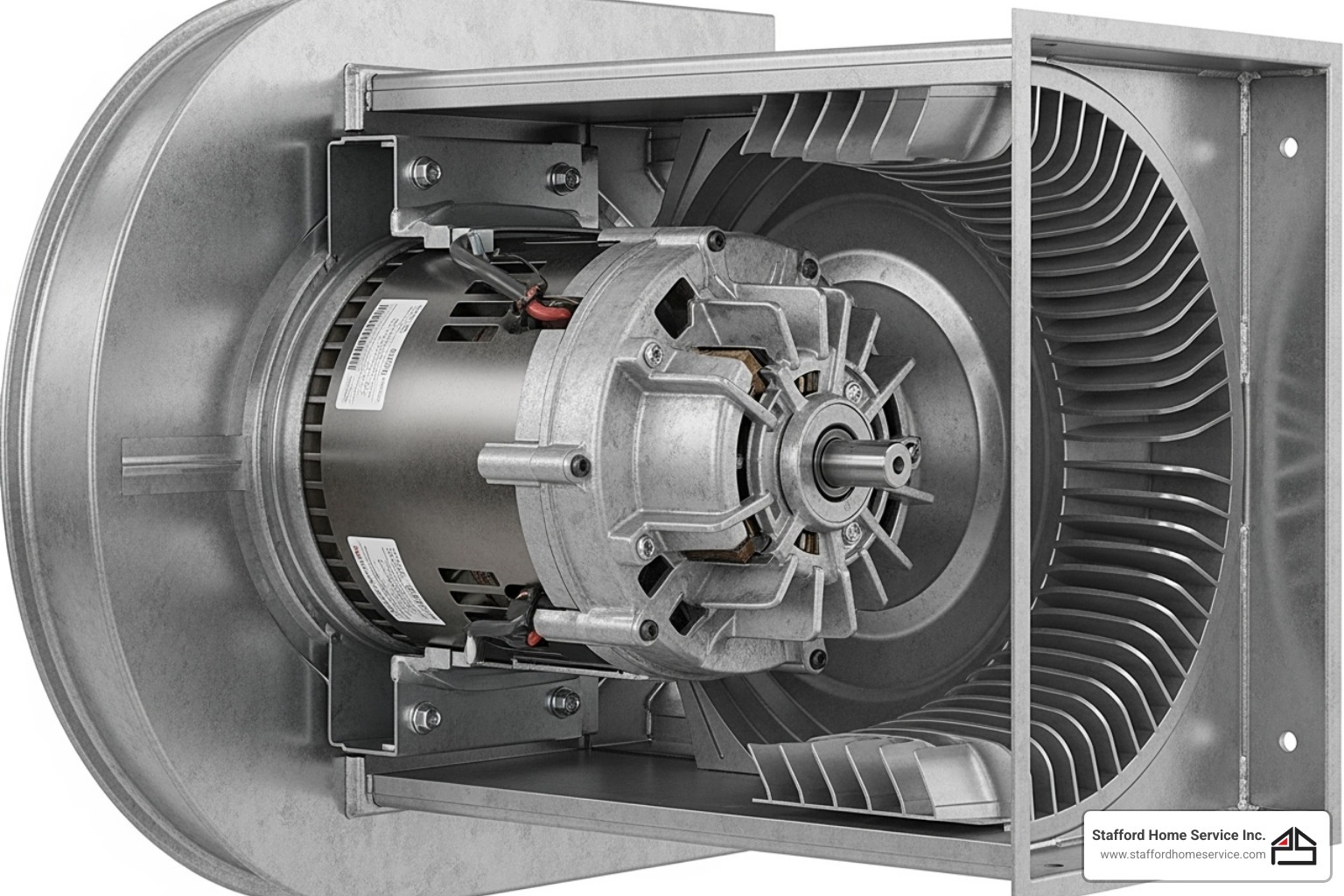
Rattling
Rattling can range from a simple fix to a serious problem. On the simple side, loose access panels can vibrate during operation; tightening the screws is an easy fix. Debris in the system can also cause rattling. More concerning is a blower wheel misalignment, where the fan wobbles and hits its housing. Most seriously, rattling could signal a cracked heat exchanger. Since this poses a carbon monoxide risk, persistent rattling should never be ignored.
Buzzing or Humming
A gentle hum is often normal, but a loud or angry buzz usually indicates an electrical problem. Failing transformers, which regulate voltage, can create a distinct buzz as they wear out. Bad capacitors, which help motors start and run, also announce their failure with a loud hum. Loose wiring can vibrate and create buzzing, posing a potential safety hazard.
Clicking or Popping
Clicking can be normal or a sign of trouble. During normal operation, the ignition system clicks as it sparks to light the burners. You may also hear clicks from the gas valve or pops from expanding ducts.
Normal vs. Abnormal Clicking Sounds:
- Normal: Brief clicking at startup, occasional pops from ducts, soft clicks at shutdown.
- Abnormal: Continuous clicking without ignition, or clicking that doesn’t stop after startup.
Problematic clicking often points to a faulty igniter, a dirty flame sensor, or gas supply issues.
Rumbling or Whistling
These sounds often indicate combustion or airflow problems. A rumbling sound is often caused by dirty gas burners, which lead to incomplete combustion, wasting energy and creating noise. A whistling sound suggests your furnace can’t breathe properly. The most common cause is a clogged furnace filter, which restricts airflow and forces the blower to work harder. Leaky ductwork can also cause whistling as air escapes through cracks.
DIY Troubleshooting vs. When to Call a Professional
When your furnace making noise starts, it’s important to know what you can fix yourself and when to call an expert. Some issues are simple, while others require professional tools and knowledge for your safety.
Simple Fixes You Can Try First
Before calling for service, try these straightforward checks that solve many common furnace noise issues:
- Check thermostat settings: Ensure it’s set to “Heat” and the fan is on “Auto.” A fan set to “On” runs continuously and can create unfamiliar sounds.
- Replace your air filter: A clogged filter is a primary cause of whistling and forces your system to work harder. Check it monthly and replace it every 1-3 months.
- Clear obstructions from vents: Make sure furniture, curtains, or other items are not blocking supply or return vents, as this restricts airflow.
- Tighten exterior panels: If you hear rattling, gently press on the furnace’s access panels. If the noise stops, tighten the screws. Vibration can loosen them over time.
- Perform a visual inspection: With the power off, look for obvious loose parts or debris. Do not touch internal components or attempt to remove anything that requires force.
Red Flags: When to Call an HVAC Expert Immediately
Some situations require immediate professional attention to protect your furnace and your family. Call an expert right away if you notice:
- Gas or burning smells: If you smell gas (“rotten eggs”) or something burning, shut down the furnace, open windows, evacuate the house, and call your gas company and an HVAC professional.
- Loud, persistent banging: This often indicates delayed ignition, which can crack the heat exchanger and lead to a carbon monoxide leak.
- Scraping or grinding metal sounds: This likely means metal parts are rubbing together at high speed, which can quickly destroy expensive components like the blower motor.
- Frequent cycling: If your furnace turns on and off in short, repeated bursts, it’s a sign of a serious problem that needs professional diagnosis.
- No heat: If the furnace is making noise but not producing heat, or won’t start at all, it’s time for expert help.
Trust your gut. If a sound is new, loud, or just feels wrong, it’s better to be safe and call for a professional inspection. Our team serves homeowners throughout Minneapolis, Edina, Golden Valley, Minnetonka, Plymouth, St Louis Park, and across Minnesota.
How Regular Maintenance Prevents a Furnace Making Noise
The old saying “an ounce of prevention is worth a pound of cure” is especially true for your furnace. Regular maintenance is the best way to keep your furnace making noise to a minimum and avoid major headaches. Most furnace noises develop over time from parts that are wearing out or getting dirty.
The Benefits of an Annual Tune-Up
An annual furnace tune-up is like a reset button for potential problems.
- Component cleaning: Over time, dust and grime build up on burners, the blower wheel, and the flame sensor. This buildup is a common cause of rumbling, clicking, and banging. Professional cleaning restores quiet, smooth operation.
- Lubricating moving parts: Parts like blower motor bearings need regular lubrication to prevent screeching noises and avoid expensive motor replacement.
- Safety inspections: Technicians check for gas leaks and inspect the heat exchanger for cracks that could lead to dangerous carbon monoxide leaks. A subtle rattle could be the first sign of a cracked heat exchanger.
- Blower motor check: We examine the motor, fan blades, belts, and alignment to prevent vibrations that can grow into loud rattling.
- Improved efficiency: A well-maintained furnace runs more quietly and uses less energy, which lowers your heating bills.
What a Professional Maintenance Visit Includes
Our NATE-certified technicians perform a comprehensive inspection to address all potential sources of noise and inefficiency:
- Burner cleaning: Prevents delayed ignition bangs by ensuring smooth, consistent, and quiet combustion.
- Flame sensor check: A clean flame sensor ensures smooth startups and prevents the continuous clicking that occurs when the furnace struggles to detect a flame.
- Electrical connection tightening: Addresses buzzing sounds by securing connections that may have loosened due to vibration, which also reduces fire risk.
- Airflow testing: Identifies restrictions from dirty filters or leaky ducts that cause whistling sounds and overwork the blower motor.
- Thermostat calibration: Ensures proper heating cycles to prevent the short-cycling that can cause repetitive clicking and banging.
- Overall system inspection: We look for wear patterns and signs of stress to catch issues before they become major breakdowns. Regular maintenance is your best defense against a noisy furnace and an investment in your comfort and safety.
Frequently Asked Questions about Furnace Noises
Can a cracked heat exchanger cause my furnace to make noise?
Yes, a cracked heat exchanger is a serious issue that can cause your furnace making noise. The intense thermal stress from heating and cooling can cause cracks in the metal over time. These cracks can vibrate as air passes through, creating a rattling sound. The primary danger is that a cracked heat exchanger can allow a carbon monoxide leak into your home. Since this gas is odorless and invisible, it’s a major safety hazard. This issue requires immediate professional inspection and should never be ignored.
What role does the blower motor play in furnace noises?
The blower motor is responsible for air circulation and is a common source of furnace sounds.
- Squealing sounds often indicate worn internal bearings or a failing belt.
- Grinding noises are more serious and suggest severely worn bearings or internal parts rubbing together.
- A loud humming can signal electrical problems, such as a failing capacitor.
Worn bearings, a damaged belt, or an unbalanced blower wheel are frequent culprits. Ignoring these issues can lead to complete motor failure.
Are all furnace sounds a sign of a problem?
No, not all furnace sounds indicate a problem. A furnace is a machine with moving parts, so some noise is expected.
Normal operational sounds include clicking at startup from the ignition system, a soft humming from the blower motor, the whoosh of air in ducts, and occasional duct popping from thermal expansion.
The sounds that signal a problem are those that are new, loud, or persistent. Loud banging, continuous squealing, or metal-on-metal grinding are all signs that you need professional attention. Trust your instincts; if a sound seems “off,” it’s always best to have an experienced technician take a look.
Keep Your Home Safe and Quiet This Winter
Your furnace works hard during Minnesota’s winters, and the sounds it makes are important messages about its health. When your furnace making noise becomes a regular occurrence, it’s a sign that should not be ignored.
Strange furnace sounds can lead to bigger problems, from a complete system failure to serious safety risks like carbon monoxide leaks. A noisy furnace is also often an inefficient one, working harder and increasing your monthly energy bills.
Understanding what your furnace is telling you is the first step toward a safe, comfortable, and energy-efficient home. You now know how to distinguish between normal operational sounds and red flags that require an expert.
For genuine peace of mind, trust a professional who understands heating systems inside and out. The experienced team at Stafford Home Service Inc. brings years of expertise to every service call, ensuring your system runs safely and efficiently. Our NATE-certified technicians don’t just fix the immediate problem; we inspect your entire system to catch issues before they become emergencies. We back our work with our Daikin Comfort Promise and offer flexible financing options.
We are proud to serve homeowners throughout Minneapolis, Edina, Golden Valley, Minnetonka, Plymouth, St Louis Park, and the surrounding Minnesota communities. Whether you’re dealing with a mysterious noise or want the peace of mind that comes with professional maintenance, we’re here to help.
Schedule your AC & furnace service in Minneapolis today to keep your home warm and quiet all winter long.
Customer Testimonials
Our customers consistently praise our knowledgeable technicians, prompt service, and the lasting quality of the work we deliver.
ABOUT STAFFORD HOME SERVICE
In 2007, long-time team members Kris Thompson and Dan Fournier took ownership of Stafford Home Service. With over 60 years of combined expertise in residential electrical and HVAC, they continue the legacy of former owners Curt Cervin and Paul Stafford—delivering quality workmanship and complete customer satisfaction.
70+ Years
Family-operated experience delivering trusted electrical, heating, and cooling services.
800+
Verified 5-star reviews from satisfied customers.
